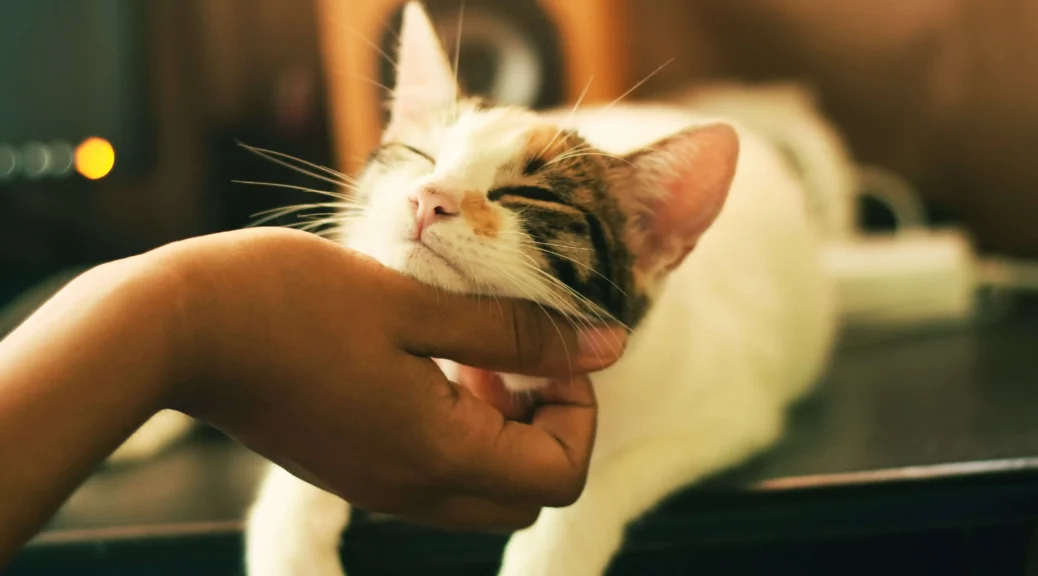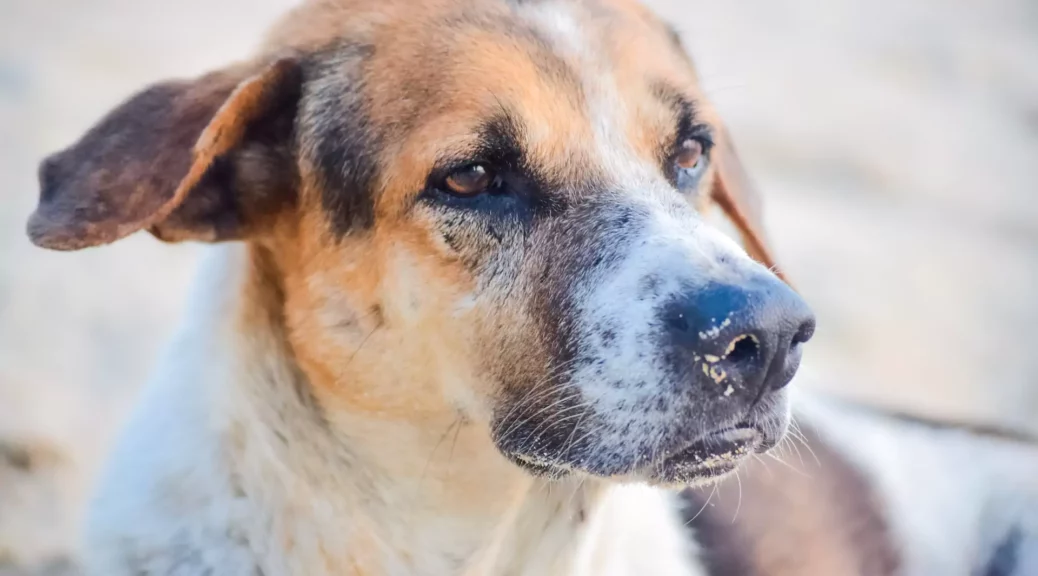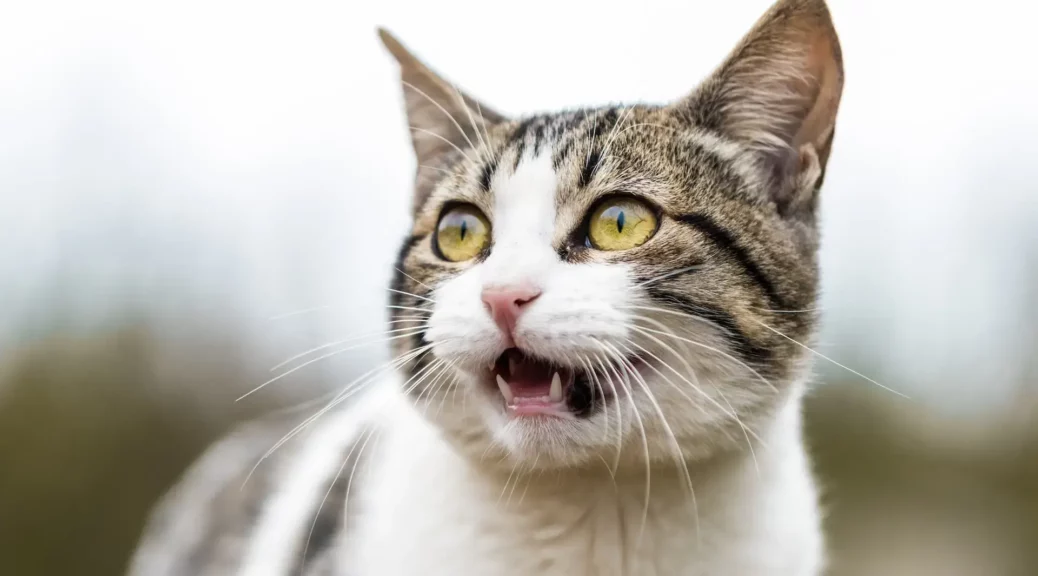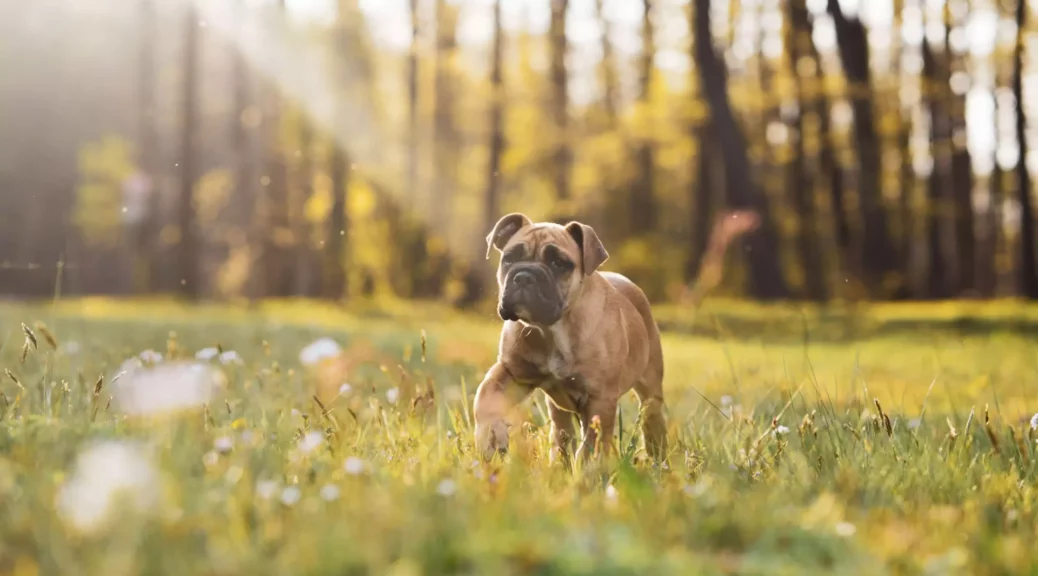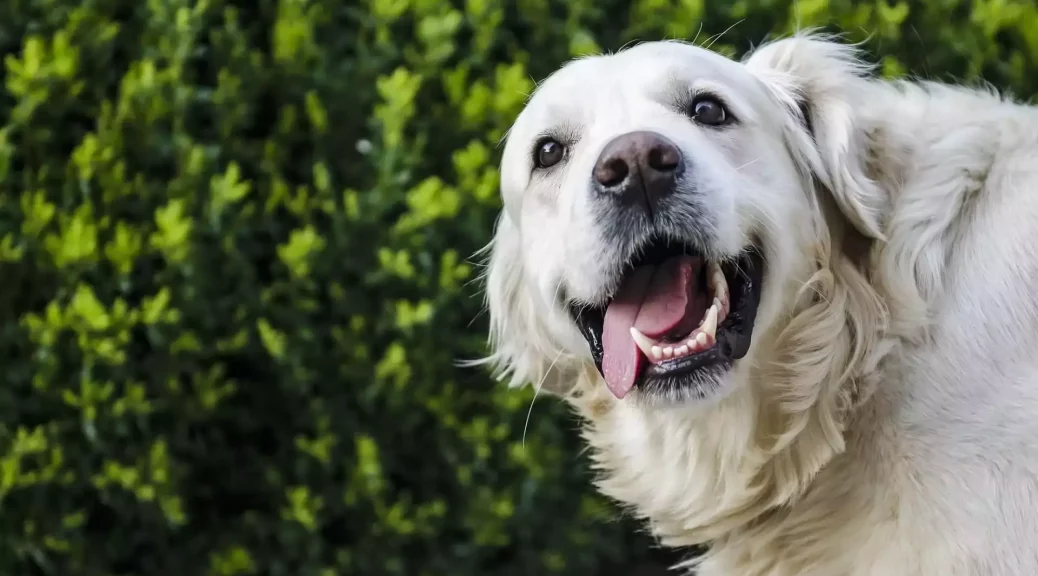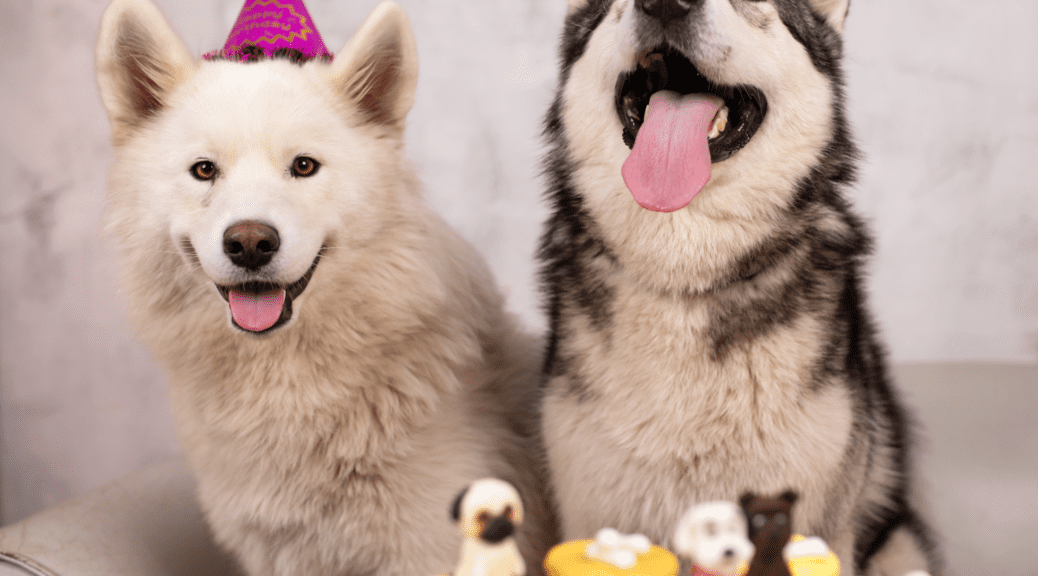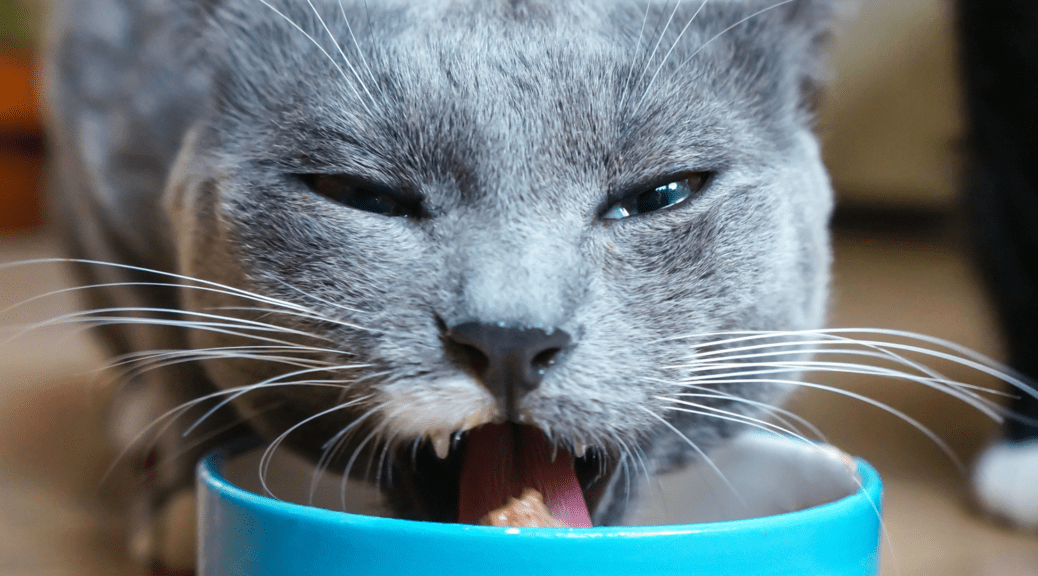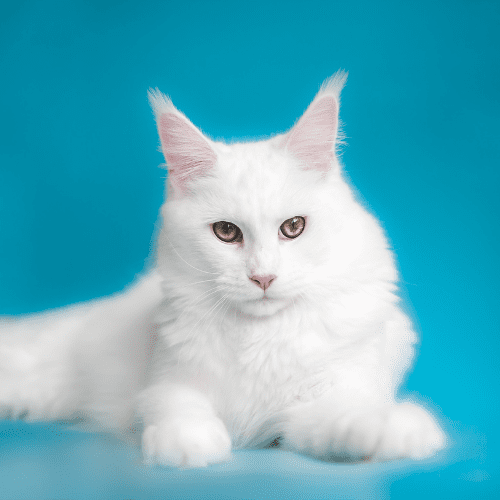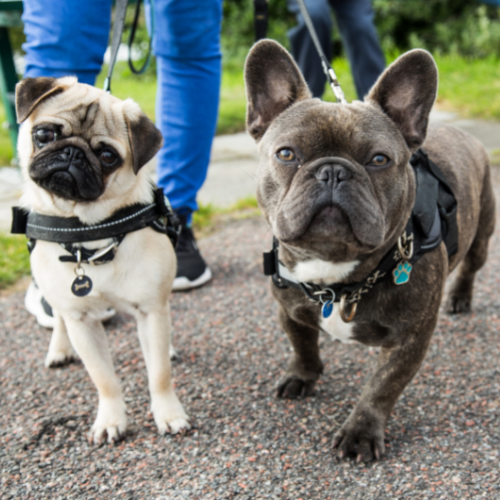January is Walk Your Dog Month. It’s also Train Your Dog Month and Unchain A Dog Month. Why should Fido have all the fun? While many of our feline friends certainly want nothing to do with being walked on a leash, some cats actually quite enjoy it. A local Troutville, VA vet goes over some of the ins and outs of walking Fluffy in this article.
Is It A Good Idea To Walk Your Cat?
Believe it or not, there actually are some great benefits to taking Fluffy for a walk. For one thing, your kitty will get a good workout in. That’s helpful for cats of all ages. Kittens can burn off some of those zoomies, adult kitties can get a good workout in, and seniors can stay strong and fit.
The enrichment is also beneficial. Fluffy may be lazy at times, but at the end of the day they need some sort of entertainment. Many cats get quite bored just staring at the same four walls all day! Fluffy really does enjoy and benefit from the mental stimulation she gets from sniffing things and watching birds and squirrels.
This is also safer for local wildlife than letting your furry friend out. Cats kill billions of small animals every year!
Safety is another benefit. Walking Fluffy on a leash is a much, much safer option than letting her out. Our feline pals may be quite adventurous, but they are quite small and fragile. As soon as your kitty goes outdoors, she’s exposed to many different threats, such as weather, wild animals, cars, weather, parasites, and even other kitties.
This is a great option for our feline pals that were former strays, those that formerly were allowed out, and for cats that are just quite bold and adventurous.
What Are The Downsides To Walking Your Cat?
There are a few cons to consider before walking your feline pal. The biggest one is the fact that not all cats are going to enjoy it. Some Fluffy may be nervous at first, but then come to enjoy those strolls. However, others will just find going outdoors stressful and frightening. Don’t force the issue. If your furry pal has always been content as an indoor kitty, it may not be a good idea to expose her to the outdoors. In some cases, it could spark unwanted behavior. For instance, if your cat really likes it outside, she may become quite demanding and focused on getting out, and may start trying to escape.
Another key risk is the chance of your kitty picking up parasites or diseases. You’ll need to be sure to stay up to date with Fluffy’s vaccinations and parasite control!
One more potential downside? You could end up spoiling your pet. Fluffy may demand those daily walks! Your cute pet may give you an earful if you don’t indulge her!
Last but not least, there is a possibility of your pet getting hurt or slipping away. Mishaps can happen at any time. There could be a dog on the loose, or you could accidentally let go of the leash. That’s not to say that these things will happen, of course; just that they could.
How Long Should My Cat’s Walks Be?
There’s no one-size-fits-all answer here, but there are a few things to keep in mind. Even if you’re walking at a slow pace, Fluffy may have to run to keep up with you on those little legs, and could tire out quickly. She may also decide to flop down halfway through her stroll.
Once she starts lagging, or tries to sit or lay down, it’s probably safe to say that she’s had enough.
It’s worth noting that panting is a huge red flag in kitties. If you see this, it’s a sign that Fluffy has overexerted herself. We’d recommend offering water, and then carrying her home.
What Gear Should I Get For Walking My Cat?
You don’t need much: a good, comfortable harness and a leash will do it. Don’t try to attach a leash to a regular collar. This could be dangerous if your kitty was to climb a tree or get stuck on something! Ask your Troutville, VA veterinarians for tips on choosing gear.
How Do I Teach My Cat To Walk On A Leash?
Start by just letting Fluffy wear her harness indoors. Only do this when you’re there to keep an eye on her. It may take your furry bff time to get accustomed to her gear. That’s only to be expected.
Once your feline buddy has gotten used to the harness, attach a leash and let her drag it around.
Keep a very close eye on your feline buddy, and never leave her unattended. Cats are very playful, so there’s a pretty good chance that your furball will try to play with her leash. You don’t want her getting tangled up in it!
How Do I Start Walking My Cat?
Once Fluffy seems comfortable wearing her gear, you can take her for a test stroll. (Note: before you do this, make sure that she is microchipped, wearing ID tags, and is up to date on her vaccines and parasite control products.)
We’d usually advise that you start by just taking her outside.
At first, just see how Fluffy reacts. If she seems scared or nervous, take her inside, and offer her a window seat instead. If she seems confused but interested, give her a few minutes and see what she does.
You don’t want to venture very far on that first walk. Also, pay close attention to how your kitty acts. If she seems scared, don’t force the issue.
How Can I Keep My Cat Safe On Walks?
Start by making sure your pet is current on her vaccines and parasite control. Fluffy should also be microchipped and wearing ID tags. GPS collars or tags are not a bad idea, either. Ask your Troutville, VA veterinarian for more information.
Always make sure that your furry pal’s harness is comfortable and secure, and keep a good grip on the leash.
Toxins are another concern. Don’t let Fluffy eat plants or grass that could be unsafe, or walk through areas that may have been treated with chemicals.
As mentioned above, you’ll also need to be vigilant, and pay attention to the surroundings. Don’t take your feline pal near busy roads, or in areas where you could run into loose dogs. Rivers and cliffs are also potentially dangerous.
Last but not least, stay away from trees. our feline buddies often instinctively climb them when they feel scared … or just for the fun of it. Even if your pet was raised indoors, she may find going up trees instinctive. Cats’ claws are also curved in a way that makes this quite easy. However, going down is a whole other story: Fluffy needs to learn that.
What Cat Breeds Enjoy Walks?
Our feline pals are all different, so it really comes down to the individual kitty. However, you may find that some are more naturally adventurous than others. Some of the cat breeds that often enjoy being walked include the Bengal, Siamese, Abyssinian, Manx, and Persian. Many shelter kitties and former strays may also appreciate it.
In conclusion: Some of our feline friends really enjoy going for strolls, but walking isn’t necessarily the best option for all cats. If your feline pal is weak, frail, extremely shy, and/or has always been an indoor pet, it may be best to just leave things as is. However, kitties that formerly lived or were allowed out may also enjoy the exercise and stimulation, as will bold, fearless ones.
Do you have questions about your cat’s health or care? Contact us, your Troutville, VA pet hospital, today!

